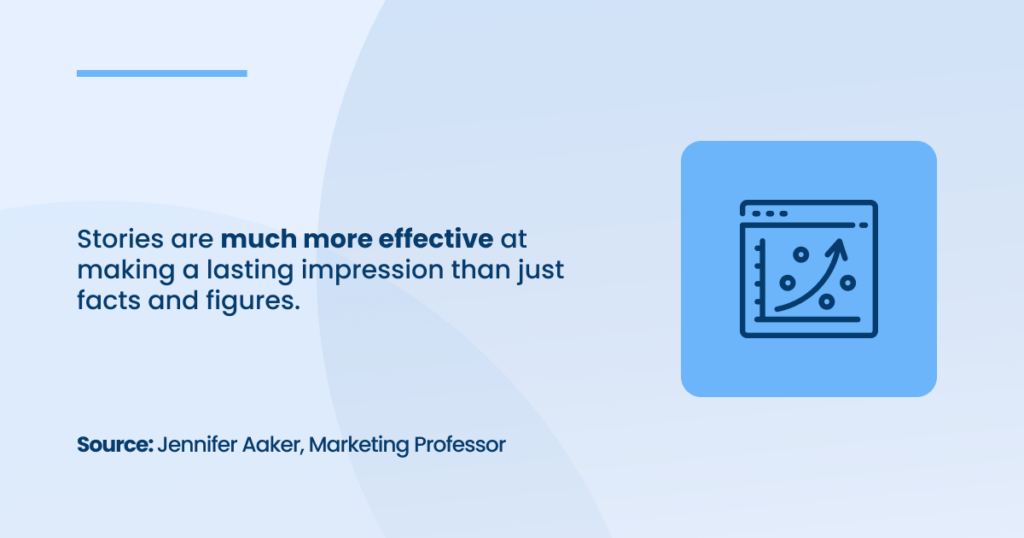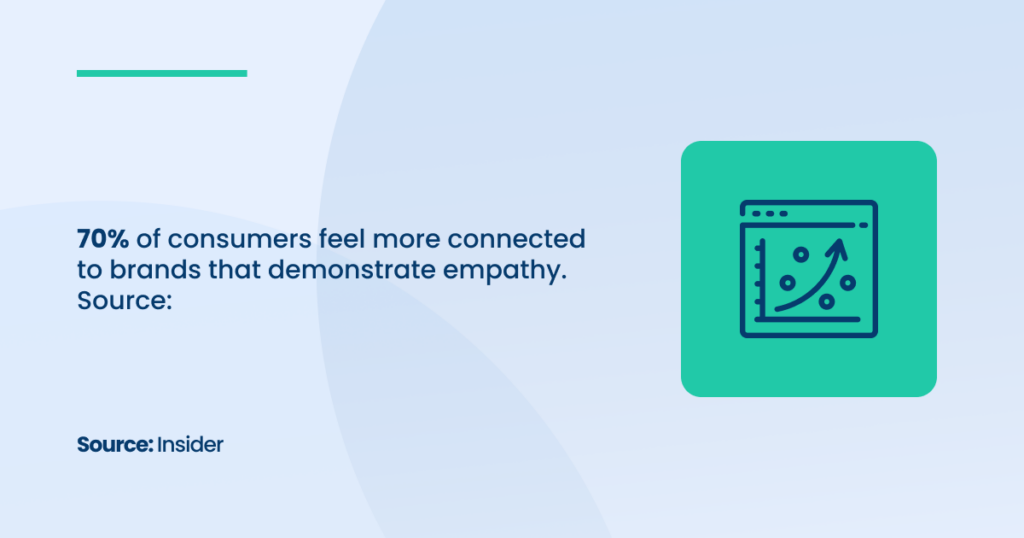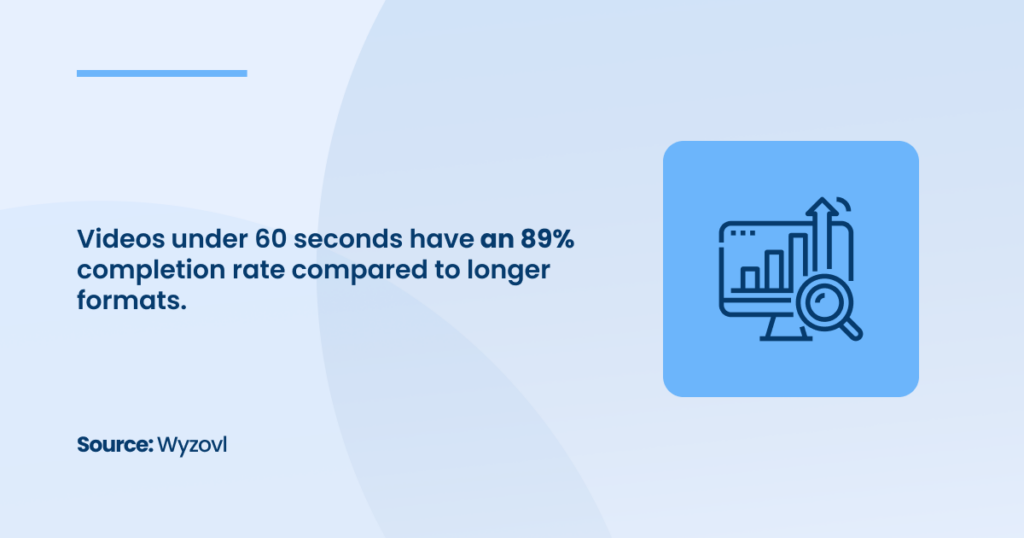Behind every great brand, there’s a captivating tale.
It’s the story that makes customers trust you, employees rally behind you, and competitors take notice.
While products and services might fulfill needs, stories fulfill emotions—they create the connection that transforms transactional relationships into loyal, enduring ones.

From humble beginnings to industry leadership, every brand’s journey is unique. The challenge
lies in crafting that journey into a story that’s compelling, relatable, and unforgettable.
A professional Thought Leadership Agency will establish actionable techniques to help you tell your brand’s story in an unforgettable way.
Let’s dive into the art of weaving these stories and why they matter.
What Makes a Brand Story Stick
When was the last time you remembered a dry fact?
Now, think of a story that moved you—a tale of triumph, a heartfelt journey, or even a brand that made you stop and say, “I relate to this.”
The difference is monumental, and it’s no accident. Effective brand storytelling taps into a uniquely human trait: our ability to connect deeply through stories.
The Psychology of Storytelling: Why We’re Wired for Stories
Stories are far more than entertainment—they are how we think and feel.
Our brains are naturally wired to respond to stories, not just process them.
- Emotional Connections Create Memories
Facts activate the logical part of the brain, while stories light up sensory, emotional, and memory areas.
When a customer hears your brand’s story—be it about humble beginnings or a mission to solve a global challenge—they’re more likely to remember and feel connected to it. This emotional resonance leads to loyalty and advocacy.
- The Science of Dopamine, Oxytocin, and Endorphins
Stories trigger a release of powerful chemicals in the brain:
- Dopamine: Keeps listeners engaged by creating anticipation.
- Oxytocin: Fosters trust and empathy—crucial in forming strong bonds.
- Endorphins: Make the experience enjoyable, leaving the audience wanting more.
These aren’t abstract theories—they’re backed by neuroscience. Brands that leverage storytelling see tangible results in customer trust and engagement.
From Data to Drama: Using Insights to Shape Your Story
Every compelling story begins with a spark—something that draws the audience in and keeps them hooked. In the business world, this spark often comes from understanding your customers, and that’s where data transforms into drama.
Source: Market Research Future
You can craft narratives that resonate deeply, drive loyalty, and differentiate your brand by leveraging customer insights.
The Importance of Customer Data in Storytelling
Data isn’t just for spreadsheets—it’s the foundation of relatable, humanized stories.
By understanding who your customers are, what they care about, and the challenges they face, you can create narratives that feel tailor-made for them.
1. Know Who You’re Talking To
Before you tell a story, you need to know your audience. Customer data helps you identify:
- Demographics: Age, location, profession—basic details that shape how they perceive the world.
- Psychographics: What are their goals, fears, and values?
- Behavioral Insights: What products do they buy? How do they interact with your brand?
Example: Imagine your company sells eco-friendly packaging. Your data might reveal that your customers are millennials who value sustainability. Your story could focus on how your brand is reducing waste, aligning with its mission to protect the planet.
2. Turning Pain Points Into Plotlines
Great stories often revolve around conflict and resolution. In business storytelling, this conflict comes from customer pain points. Use data to pinpoint what frustrates your audience and build a narrative around how your brand solves that problem.
Make It Relatable
When you show customers you understand their struggles, they’re more likely to connect emotionally. For example:
- Pain Point: Time-strapped small business owners struggle with marketing.
- Storyline: “We help you reclaim your time by simplifying marketing with our all-in-one platform.

The Protagonist Dilemma: Who’s the Hero of Your Brand Story?
Every great story has a hero. In the context of brand storytelling, the question is: who should take center stage—your brand or your customer?
While it might seem natural to position your company as the hero, the real power lies in making your customers the heart of your narrative.
Your Brand as the Hero: A Traditional Approach
For years, brands took the spotlight in their own stories. They flaunted their innovations, triumphs, and milestones, often portraying themselves as saviors in a competitive marketplace.
While this approach worked in some eras, it’s no longer the most effective in today’s customer-centric world. The reason? Audiences don’t resonate as deeply with stories that revolve solely around the brand.
Imagine watching a movie where the hero constantly talks about their achievements but never interacts meaningfully with others. It would feel hollow, disconnected, and self-serving. The same applies to brand storytelling.
When focused solely on the business, customers often feel like passive observers instead of valued participants.
Shifting Focus: The Customer as the Hero
Now, consider a different approach—placing your customer as the protagonist of your brand story. When your audience sees themselves reflected in your narrative, they don’t just connect with your brand; they see it as a partner in their journey. This is where the magic happens.
By positioning your customer as the hero, your brand becomes the wise guide, the trusted companion, or the catalyst for transformation.
This narrative structure taps into a psychological principle called identification, where people emotionally invest in stories that mirror their aspirations, challenges, or triumphs.
When your brand steps into the role of enabler, helping your audience achieve their goals, it fosters an emotional connection that goes far beyond transactional relationships.
For example, Nike doesn’t just sell shoes; it empowers individuals to “Just Do It.” The customers—everyday athletes—are the heroes overcoming their struggles, whether it’s running their first mile or achieving a personal best.
Source: Nike
Nike’s role is to provide the tools and inspiration needed to succeed.
Airbnb: A Case Study in Customer-Centric Storytelling
Airbnb is a masterclass in making customers the hero of its brand story.
The company’s narrative isn’t about how it disrupted the travel industry or became a global phenomenon. Instead, it focuses on the unique experiences of its users—hosts and guests alike.
Their campaigns showcase travelers discovering new cultures, families creating cherished memories, and homeowners building financial independence.
Source: Airbnb
Through these stories, Airbnb emphasizes its role as an enabler. It’s not the hero of the journey but the platform that makes the journey possible.
This approach has not only built an emotional connection with its audience but has also strengthened Airbnb’s position as a community-driven brand.
Conflict Breeds Connection: Why Tension Works in Storytelling
At the heart of every memorable story lies conflict. Without it, narratives fall flat, failing to capture the imagination or engage the emotions.
For CEOs and business leaders, understanding and harnessing conflict in brand storytelling can turn a simple message into a powerful connection with your audience. Whether addressing industry-wide challenges or tapping into your customers’ struggles, conflict is the glue that binds the story together.
The Role of Conflict in Storytelling: Turning Problems into Purpose
Conflict isn’t just about drama; it’s the engine that drives engagement.
Think about some of the greatest stories: David vs. Goliath, the underdog who faces insurmountable odds, or The Pursuit of Happyness, where struggle ultimately leads to triumph. These stories resonate because they mirror real-life challenges—struggles we can relate to on a human level.
For businesses, conflict translates to challenges—both for your industry and your customers.
Are you helping customers solve pain points like inefficiency, high costs, or lack of accessibility? Is your brand addressing industry-wide hurdles like sustainability or technological gaps? By acknowledging and addressing these conflicts, your brand can create a narrative that feels authentic and relevant.
Positioning Your Brand as the Solution
Here’s where strategic brand positioning comes into play.
As a CEO, your role isn’t to be the hero of the story but the guide.
Think of your brand as the tool that empowers the hero—your customer—to overcome obstacles. This is a classic example of applying brand storytelling techniques: let the customer’s challenges take center stage, and your brand naturally emerges as the solution.
For instance, consider how Airbnb tackled the conflict of expensive, impersonal hotel stays. By emphasizing the unique experiences of staying in someone’s home, they solved a problem while creating a story of connection and belonging.
Similarly, Tesla’s narrative isn’t just about selling electric cars; it’s about solving the environmental crisis and making their customers feel like part of a mission to save the planet.
Brand Stories in 60 Seconds: The Power of Micro-Stories
In today’s digital world, attention spans are short, but the demand for meaningful content is high. That’s where micro-stories shine. These are bite-sized narratives—simple yet emotionally impactful—that captivate your audience in under a minute.
For CEOs looking to maximize brand storytelling techniques, micro-stories offer a powerful tool for social media and advertising campaigns.
Why Micro-Stories Matter in Modern Marketing
Micro-stories are more than just a trend; they’re a necessity in an era dominated by platforms like Instagram, TikTok, and YouTube Shorts.
These stories cut through the noise by delivering a compelling message quickly, making them ideal for busy audiences like business owners and CEOs.

This brevity doesn’t just cater to shorter attention spans—it forces brands to distill their message into its purest, most impactful form. When done right, micro-stories can evoke emotion, inspire action, and solidify your brand’s identity in seconds.
Crafting Emotional Micro-Stories
A good micro-story packs an emotional punch. To achieve this, focus on simplicity, relatability, and resolution. Your narrative doesn’t need to be complex—it just needs to be authentic.
Imagine a 15-second Instagram Reel showcasing a small business owner thriving thanks to your product. Start with their challenge (e.g., “I couldn’t keep up with orders”), introduce your solution (e.g., “Then I discovered [your brand]”), and end with the result (“Now my business is growing faster than ever!”). The story arc is quick, but it’s enough to resonate and inspire.
Here’s how to break it down:
- Set the Scene: Introduce the problem or conflict in a relatable way.
- Deliver the Solution: Show how your brand plays a key role in resolving the issue.
- End with Impact: Leave your audience with a clear takeaway or call to action.
The AI Assistant in Your Storytelling Journey
Storytelling is no longer a one-size-fits-all approach.
Source: Artificial intelligence (AI) market size worldwide from 2020 to 2030, Statista
For business owners and CEOs, crafting narratives that resonate deeply with specific audiences requires more than just creativity; it demands precision, adaptability, and data. This is where AI tools, like ChatGPT, become invaluable allies in your storytelling arsenal.
AI isn’t here to replace your brand’s unique voice—it’s here to enhance it.
AI as a Storytelling Co-Writer: Crafting Narratives with Precision
Imagine having a brainstorming partner that never sleeps, doesn’t need coffee, and always has fresh ideas. That’s the power of AI in storytelling.
Source: ChatGPT
Tools like ChatGPT can generate content ideas, draft initial versions of your brand stories, and refine them with precision. These tools are especially helpful for CEOs juggling multiple responsibilities but still aiming to maintain a consistent brand voice.
With AI:
- Quick drafts are possible. AI can create a framework for your story, helping you skip the dreaded blank page and get straight into editing and personalizing.
- Consistency is effortless. Whether it’s a social media post or a longer blog article, AI ensures your tone and messaging remain consistent across platforms, reinforcing strategic brand positioning.
- Complex ideas become relatable. AI can transform technical jargon into simple, engaging language that connects with your audience.
For instance, when building thought leadership content, AI can help outline narratives that emphasize why is thought leadership important while weaving in real-world examples.
Analyzing and Optimizing: AI as Your Storytelling Strategist
Storytelling isn’t just about creativity; it’s also about strategy.
AI tools excel in analyzing what works—and what doesn’t—in your content. They use data to ensure your stories resonate with your audience, optimizing them for impact.
AI helps:
- Identify audience preferences. Tools like ChatGPT can analyze feedback, comments, and engagement metrics to understand what topics, formats, or tones your audience prefers.
- Refine storytelling techniques. If your stories lack clarity or emotional resonance, AI can suggest tweaks, like strengthening your protagonist’s journey or highlighting customer-centric challenges.
- Maximize SEO impact. AI integrates thought leadership and SEO strategies by identifying trending keywords (e.g., “brand storytelling techniques” or “building brand authority”) and incorporating them naturally into your narrative.
For example, let’s say you run a sustainable packaging company.
AI might suggest emphasizing the global demand for eco-friendly solutions while crafting a narrative about how your business is solving this problem. This approach ensures your story is not only compelling but also aligned with search trends.
Humor Meets Humanity: How to Add Personality to Your Brand Voice
- Why did the CEO bring a ladder to the meeting?
- Because they heard the profits were going through the roof! 😄
Humor isn’t just about making people laugh—it’s about making them listen, remember, and trust.
For business owners and CEOs, humor isn’t just a gimmick—it’s a powerful tool to humanize your brand, foster trust, and make your story unforgettable.
When done right, humor connects on a personal level, transforming a faceless company into a relatable entity that people love engaging with.
Why Humor Works: The Psychology Behind Connection
Humor taps into a universal truth: people remember how you make them feel.
Studies show that laughter triggers the release of endorphins, creating a sense of connection and trust. For brands, this means humor can help dissolve barriers, build relationships, and leave a lasting impression.
Mastering thought leadership skills can amplify this effect, allowing you to strategically integrate humor in ways that resonate with your audience.
Unlike straightforward facts or promotions, humor invites your audience to lean in, enjoy the moment, and share your story.
When humor is woven into brand storytelling techniques, it becomes a strategic asset:
- It humanizes your message. People don’t connect with logos; they connect with personalities. Humor showcases the human side of your business, whether that’s through witty campaigns or playful interactions on social media.
- It builds emotional loyalty. Humor creates positive associations, making customers more likely to remember—and choose—your brand.
- It differentiates you. In competitive markets, a distinct voice can be your strongest differentiator. Humor, when used effectively, helps you stand out while keeping your messaging approachable and authentic.
Tips for Adding Humor Without Overstepping
To ensure humor enhances rather than detracts from your brand, follow these thought leadership best practices for humor-driven storytelling:
- Test the waters. Experiment with humor in low-stakes environments, like internal emails or social media posts, before rolling it out on larger platforms.
- Make it relevant. Tie humor back to your industry or brand message. A witty remark about digital PR strategies will resonate more than an unrelated joke.
- Know when to be serious. While humor can humanize your brand, there are moments when sincerity and professionalism should take center stage. Balance is key.
The End: The Role of Storytelling in Building Brands
A well-told story is more than just words on a page or pixels on a screen.
It’s a bridge—a way to connect your brand to the hearts and minds of your audience.
[A] Growth Agency will help you craft narratives that don’t just capture attention but inspire action.
We strongly believe that storytelling is the cornerstone of meaningful connections.
Excellence is our standard. We understand the power of data to inform and drive every strategy, ensuring our actions are as effective as they are innovative.
Moreover, we treat every business as a unique entity.

